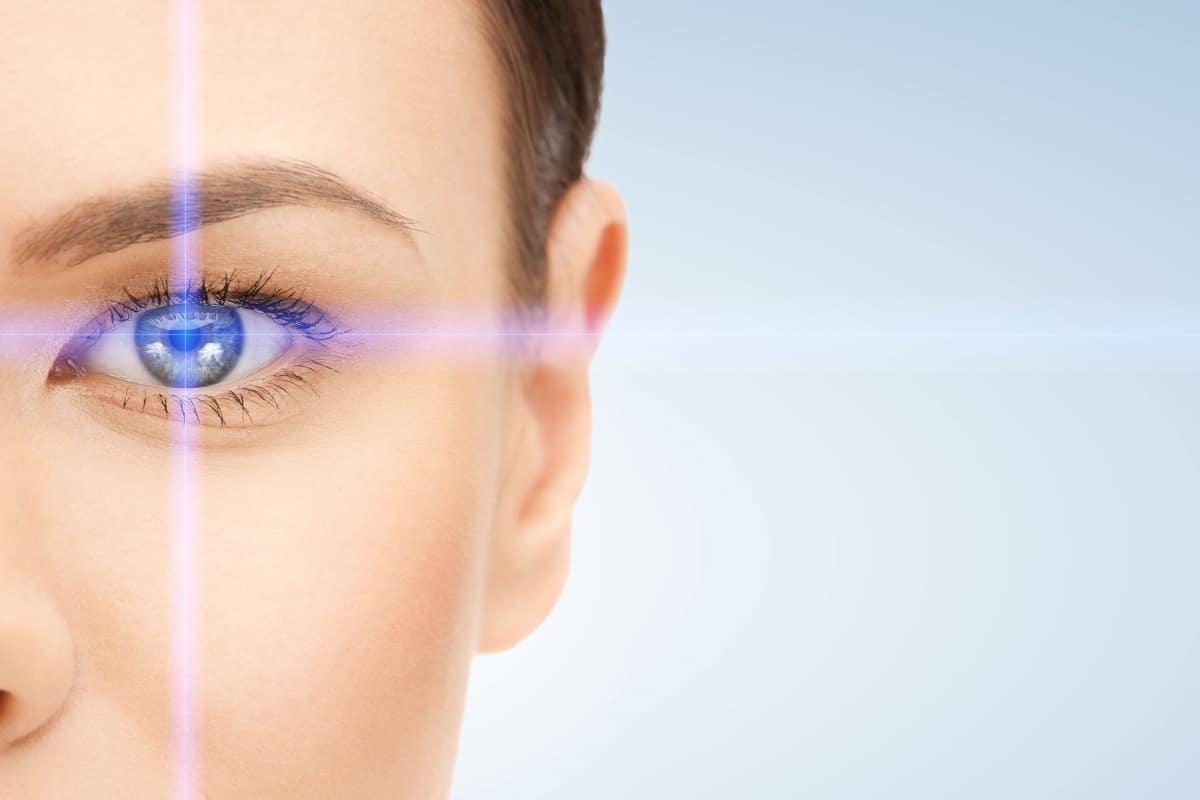A corneal transplant (also called Keratoplasty) is a surgery in which a donor cornea replaces either a part of the cornea or the entire cornea.
Corneal transplants are performed to treat a variety of conditions all related to corneal dystrophy. The most common disorder requiring a corneal transplant is keratoconus. Keratoconus is the progressive thinning of the cornea and typically occurs in teenagers and individuals in their 20’s.
In addition to keratoconus, corneal ulcers, complications caused by eye surgery, and swelling or scarring of the cornea caused by injury to the eye or an eye infection can also require the need for a corneal transplant.
Our Process
At Eye Clinic of Austin, the first step for a corneal transplant is requesting an appointment for a thorough eye exam. During the eye exam, our team will look for any existing conditions that might cause complications after the procedure. If any other unrelated eye issues exist, these will be treated prior to surgery. We also take precise measurements of your cornea to determine what size cornea will be needed for the replacement. Once a donor cornea is secured, the surgery for the transplant will be scheduled.
During a corneal transplant, the eye is numbed and virtually no pain is felt. Dr. Irshad will first remove the damaged tissue from the cornea and then the donor cornea is sewn into place using a very fine thread. In a partial cornea replacement, only the affected layers will be removed. All healthy areas of the cornea are left untouched.
Recovery & Aftercare
Recovery after a corneal transplant is typically eight weeks for partial transplants to greater than three to six months for a standard transplant. However, most patients can return to work within one to two weeks. Discomfort typically consisting of a scratchy feeling should be gone within two weeks of the corneal transplant.
After the surgery, patients receive a prescription for eye drops and medication to prevent infection, as well as protective eye coverings to prevent injury or trauma to the eye. The protective eyewear is typically worn for the rest of the day unless otherwise instructed. The use of eye drops and medication is usually complete ten days after surgery. Anti-rejection eye drops may be continued indefinitely.
Follow-up appointments are also scheduled as needed. The frequency of these appointments will depend upon the specific procedure and the healing process.
Testimonials
Eye Care Blog

Ensuring the health and well-being of our eyes demands careful attention and proactive measures. Among the most critical actions we can take is the use of sunglasses to shield our eyes from the sun’s damaging UV rays. This simple yet effective strategy plays a pivotal role in preventing potential harm and preserving our eye health […]

Prevent Eye Injuries This Spring with Protective Eyewear Spring welcomes warmer weather and longer days, enticing many to indulge in outdoor activities. However, this season also poses potential risks for eye injuries. Understanding the significance of protective eyewear is crucial for those with sensitive eyes. At Eye Clinic of Austin, our team is committed […]

In an evolving healthcare landscape, in-office surgery has become an appealing alternative to traditional hospital-based procedures, particularly for patients seeking quality eye care and various eye surgeries, such as corneal transplants or treatment for glaucoma. At Eye Clinic of Austin, our skilled eye doctors address concerns that are related to a range of eye conditions […]






